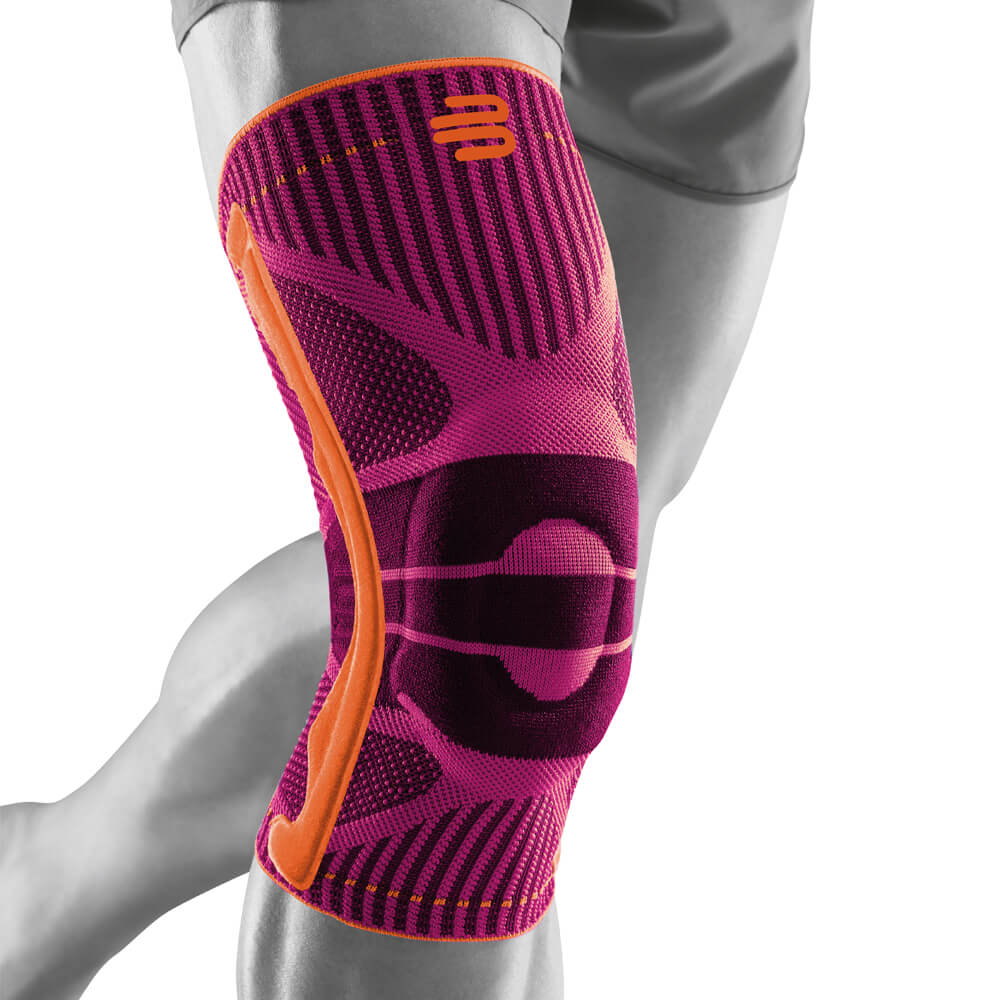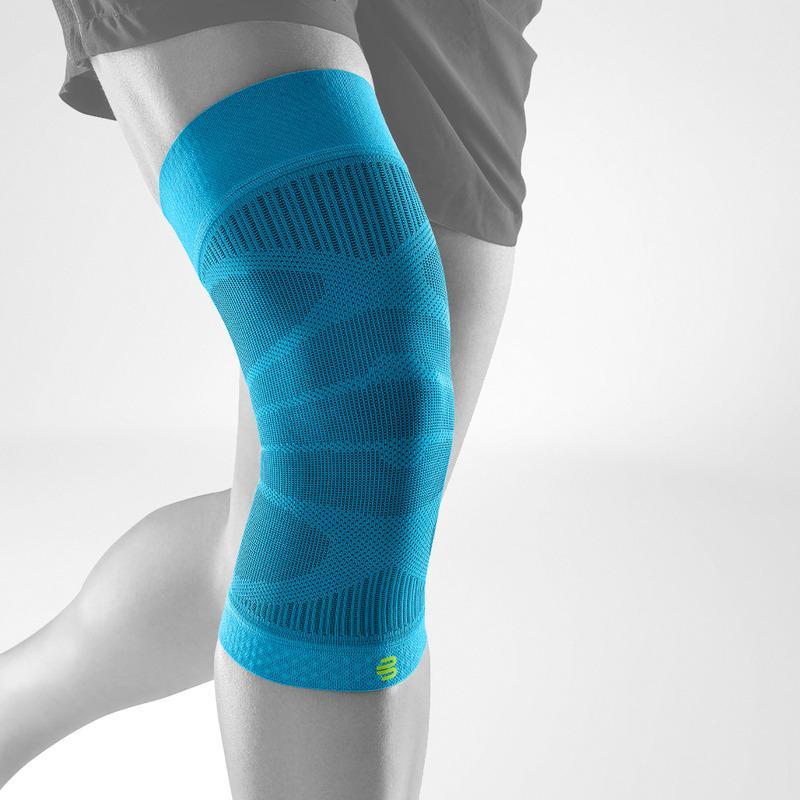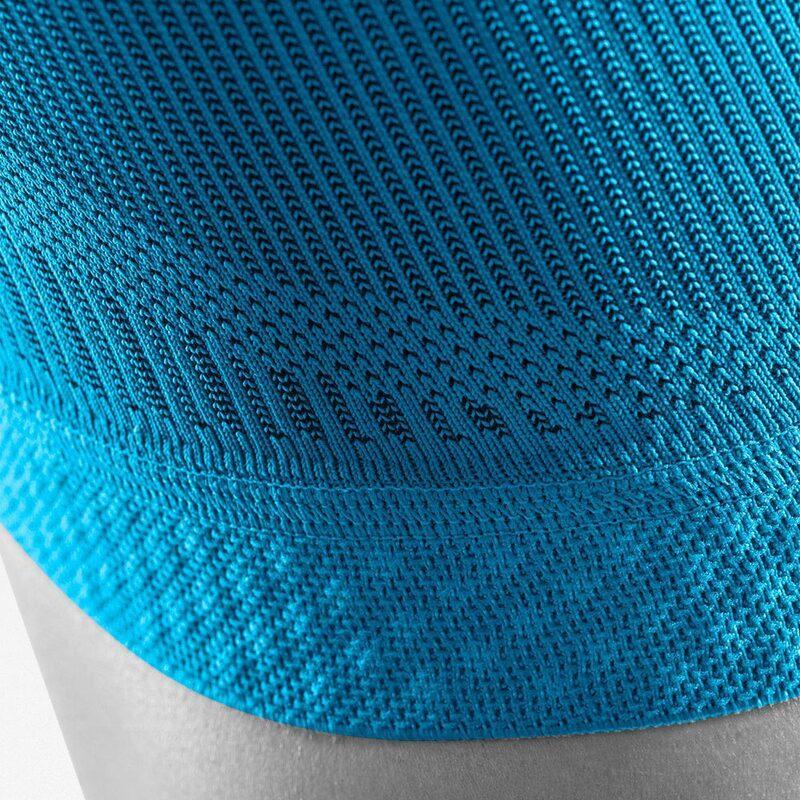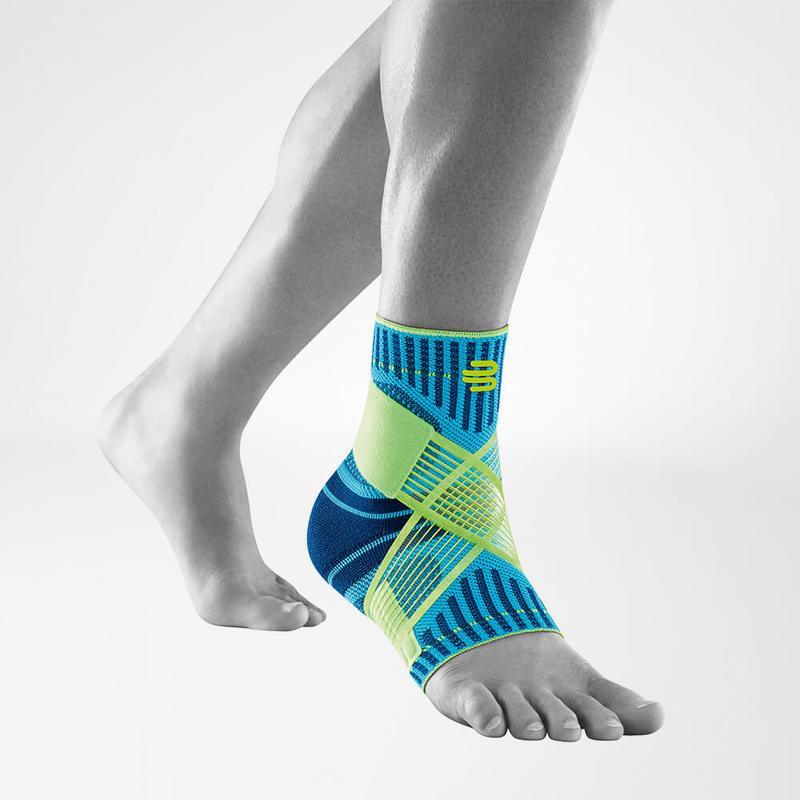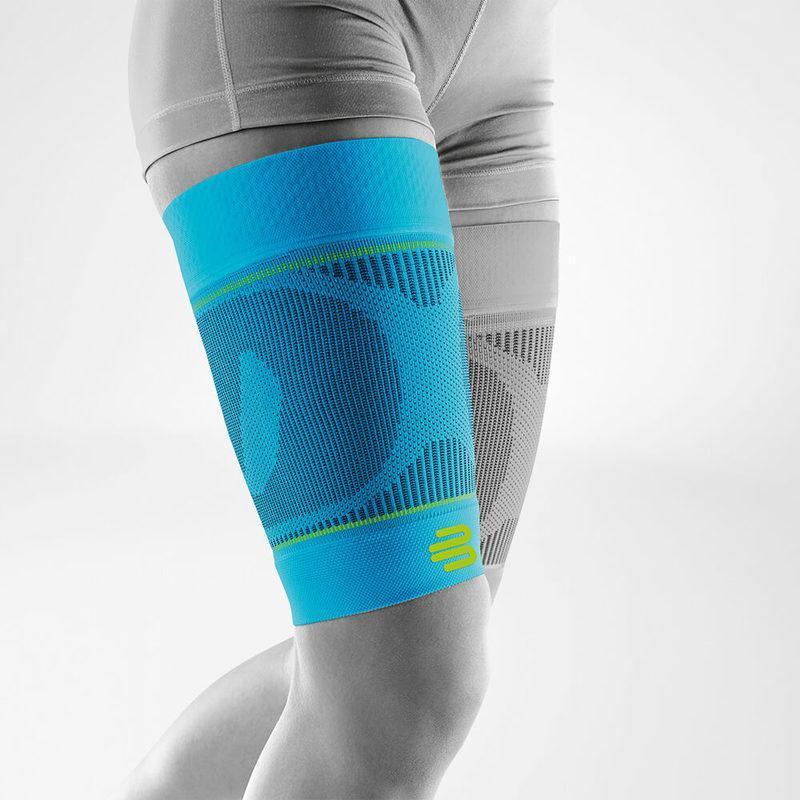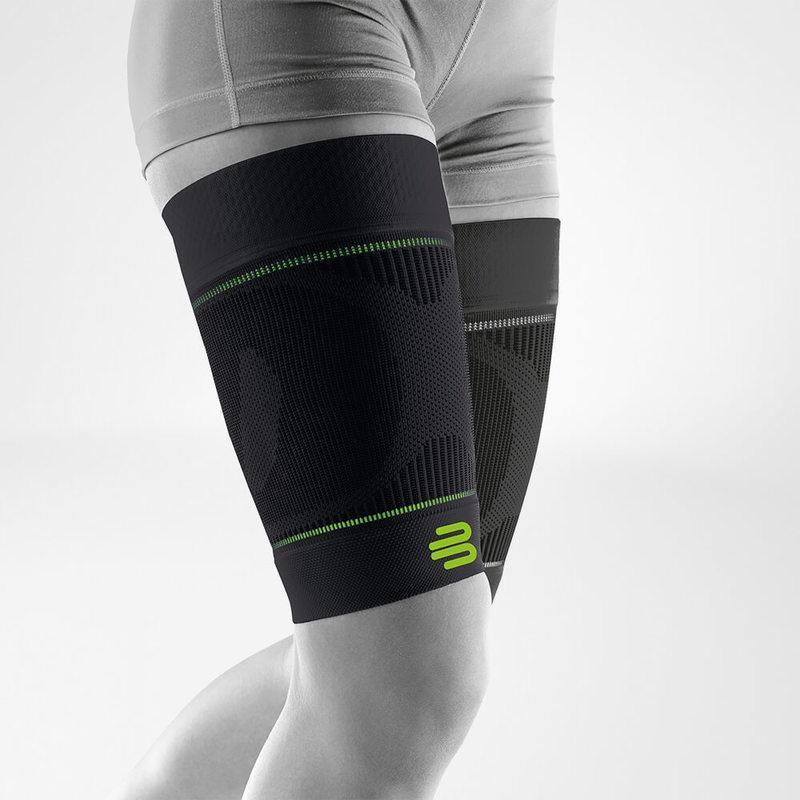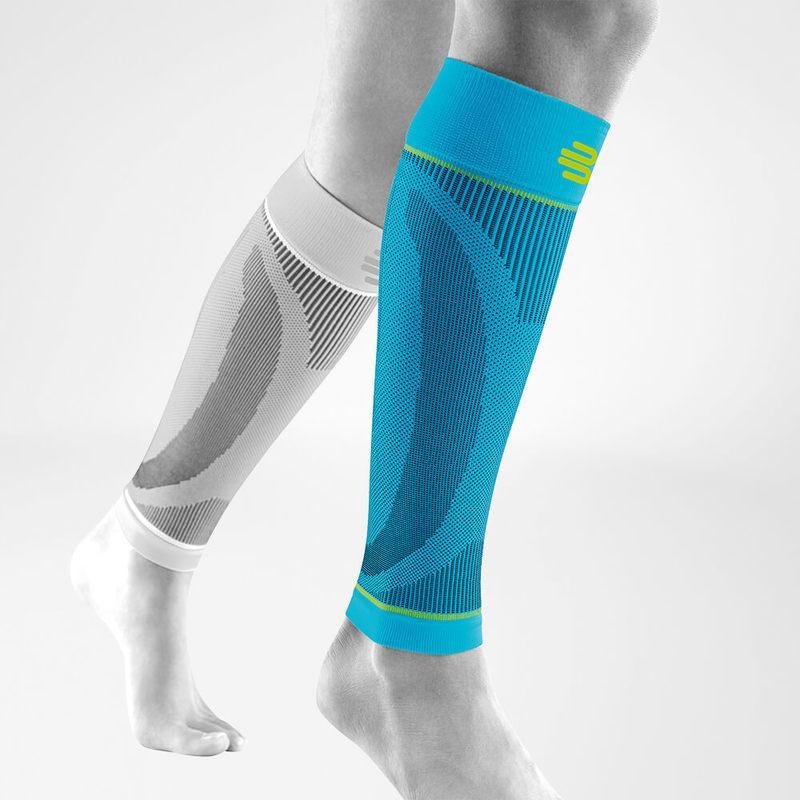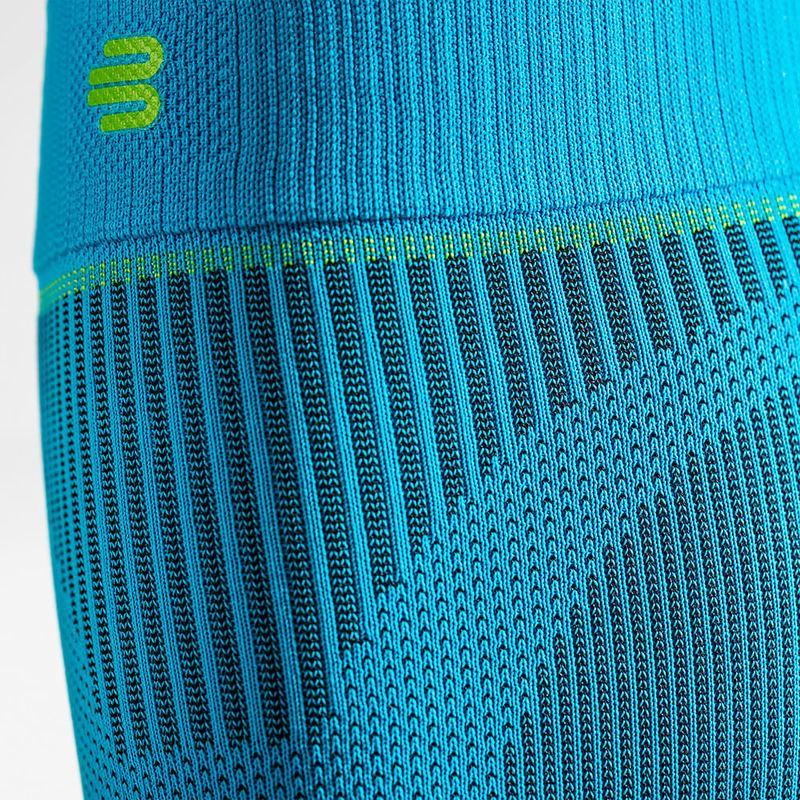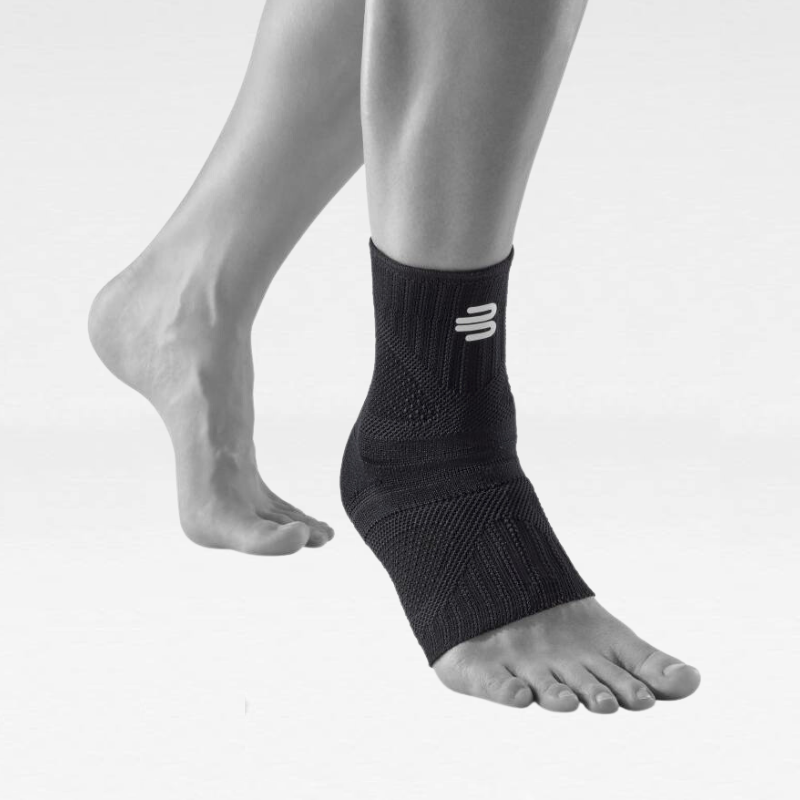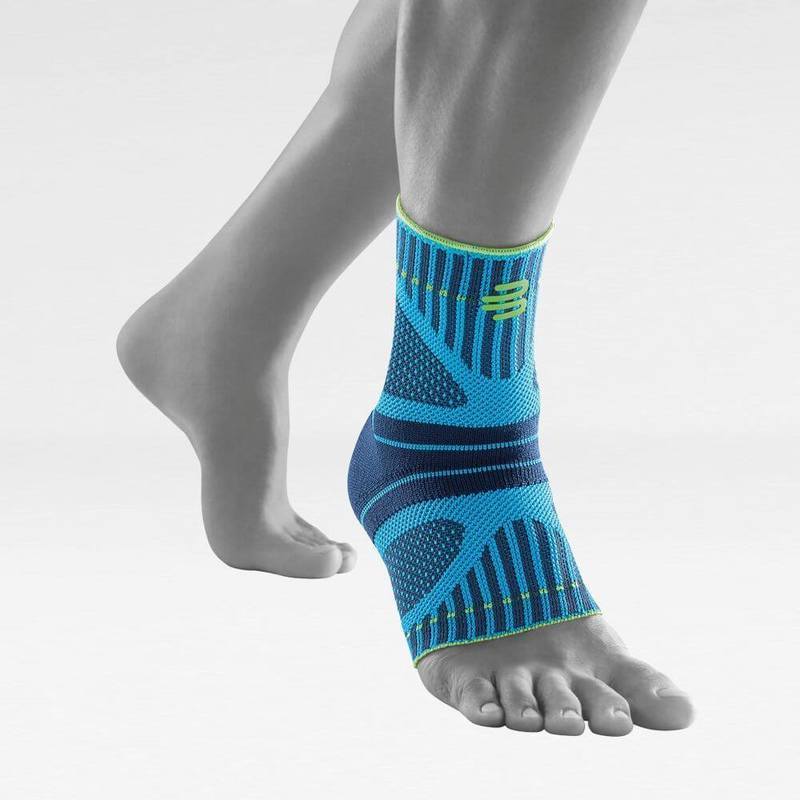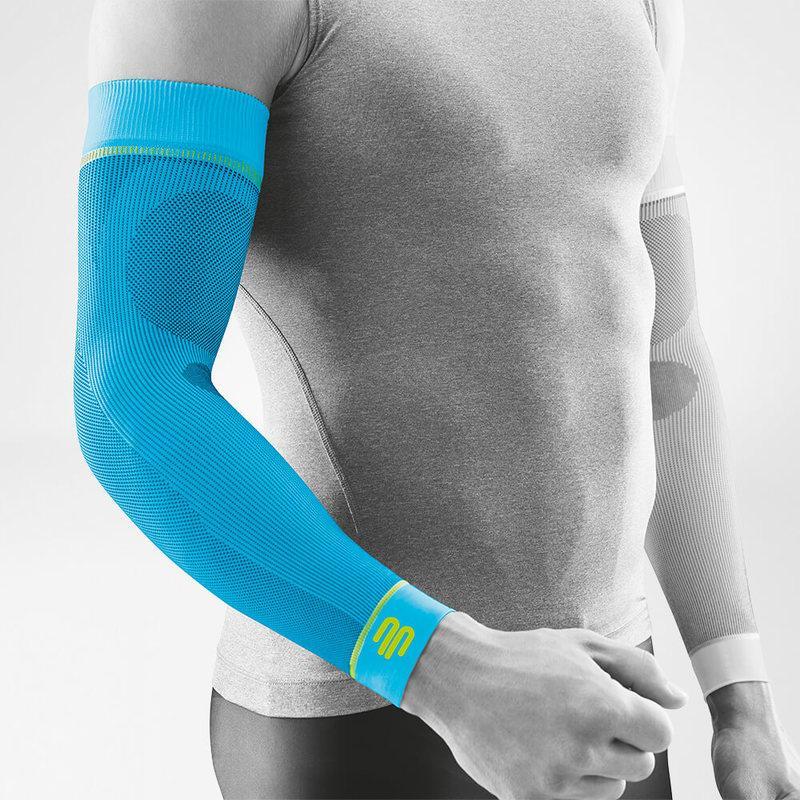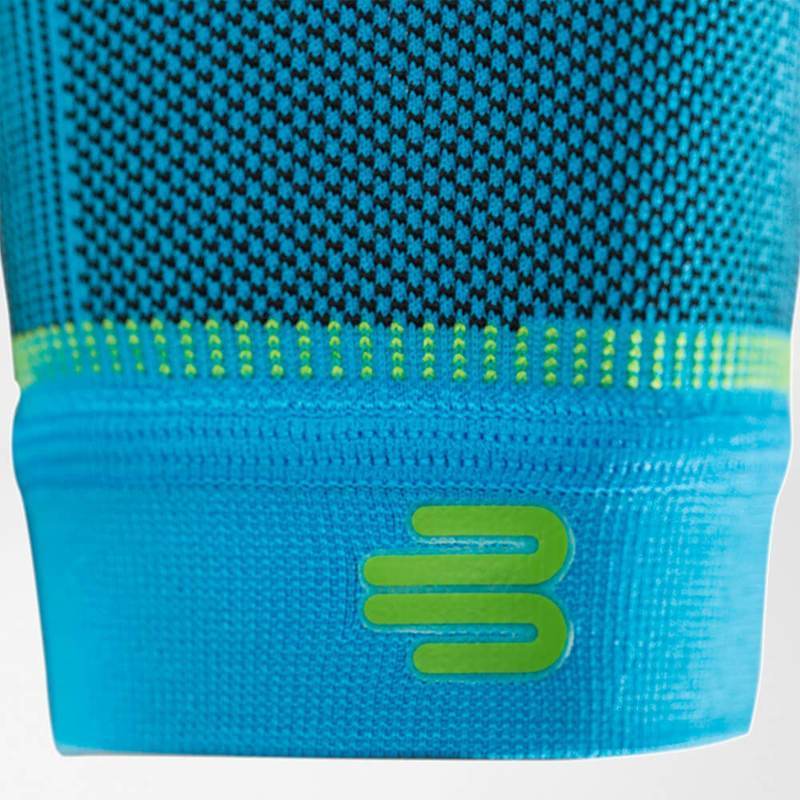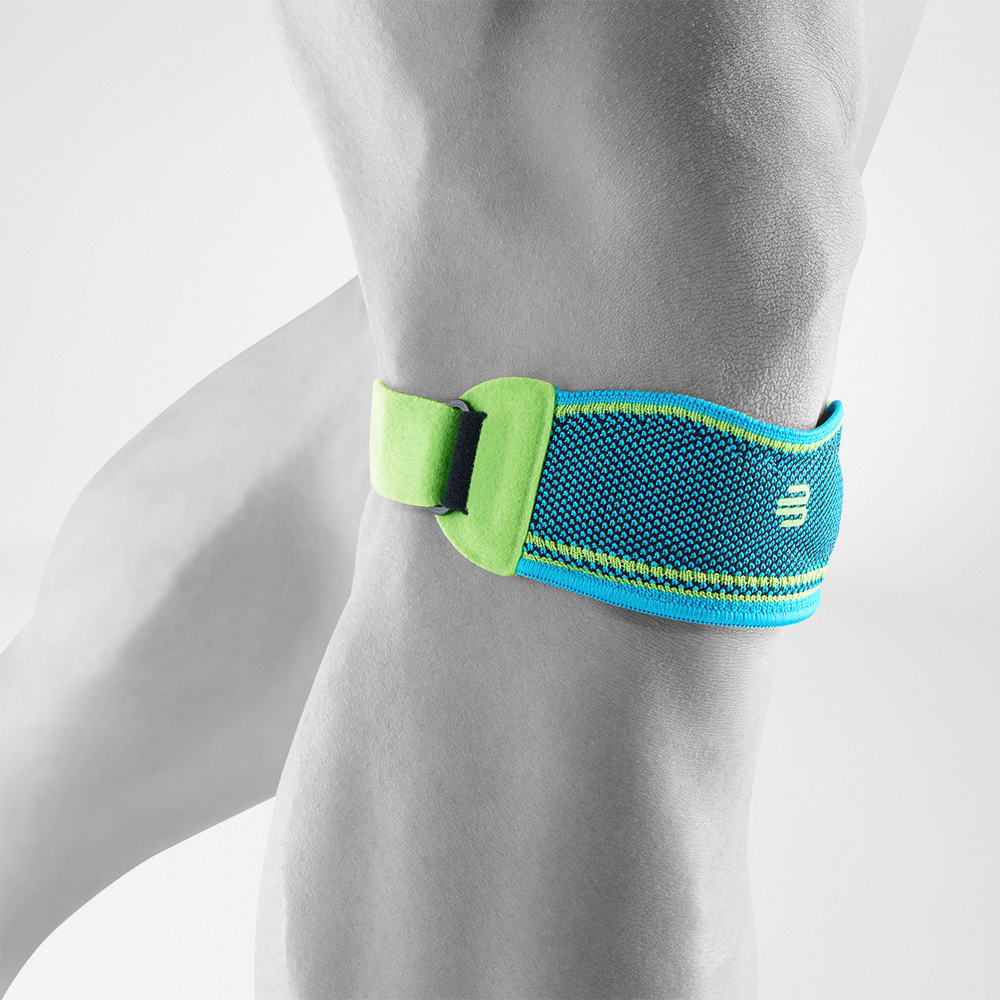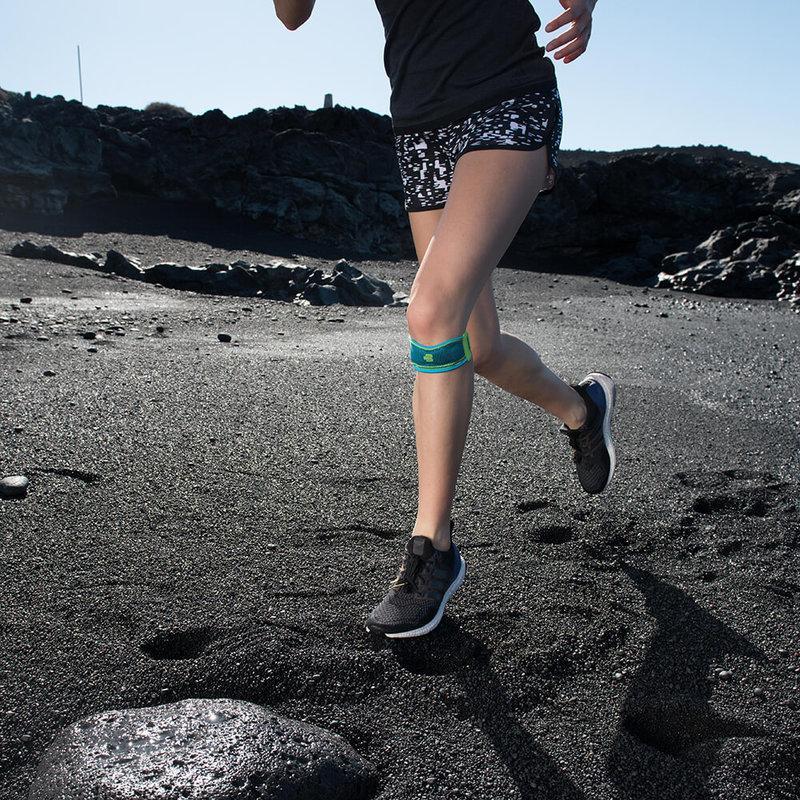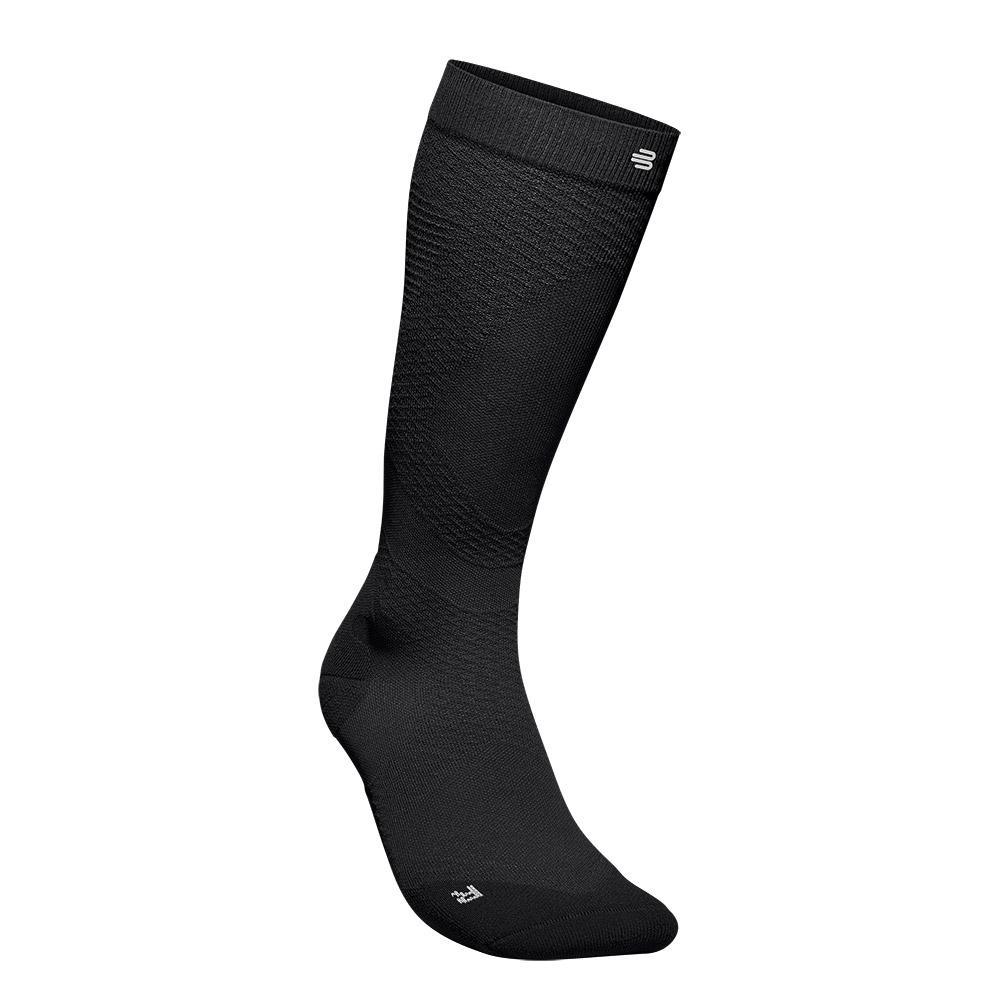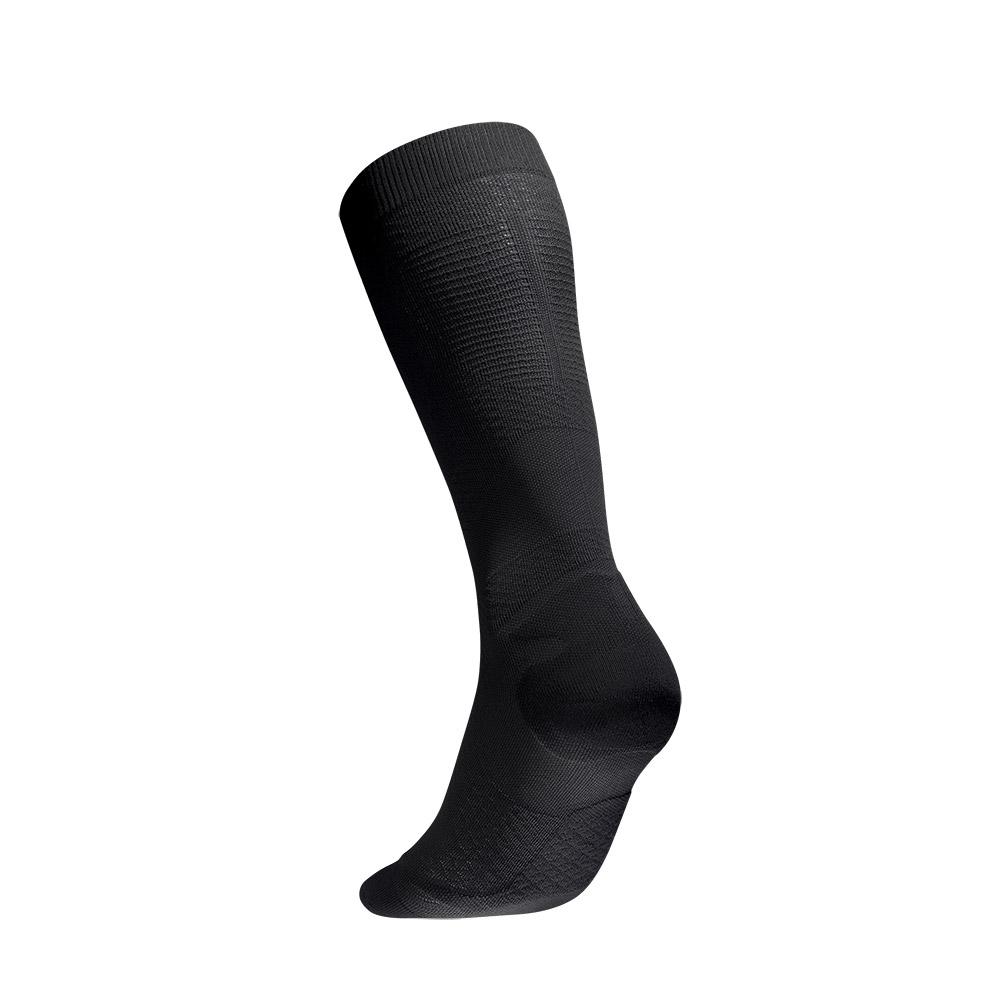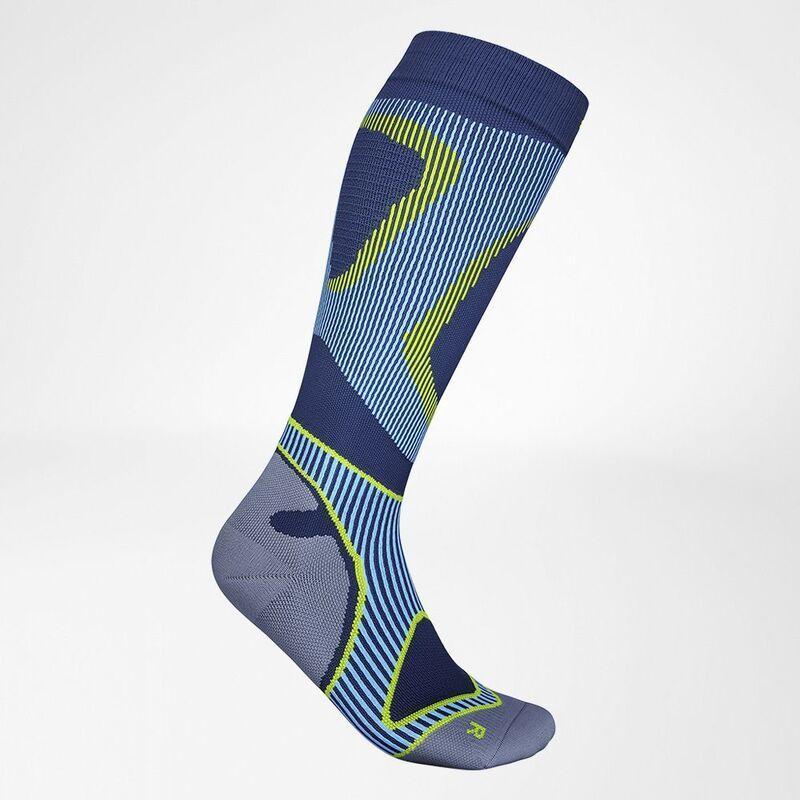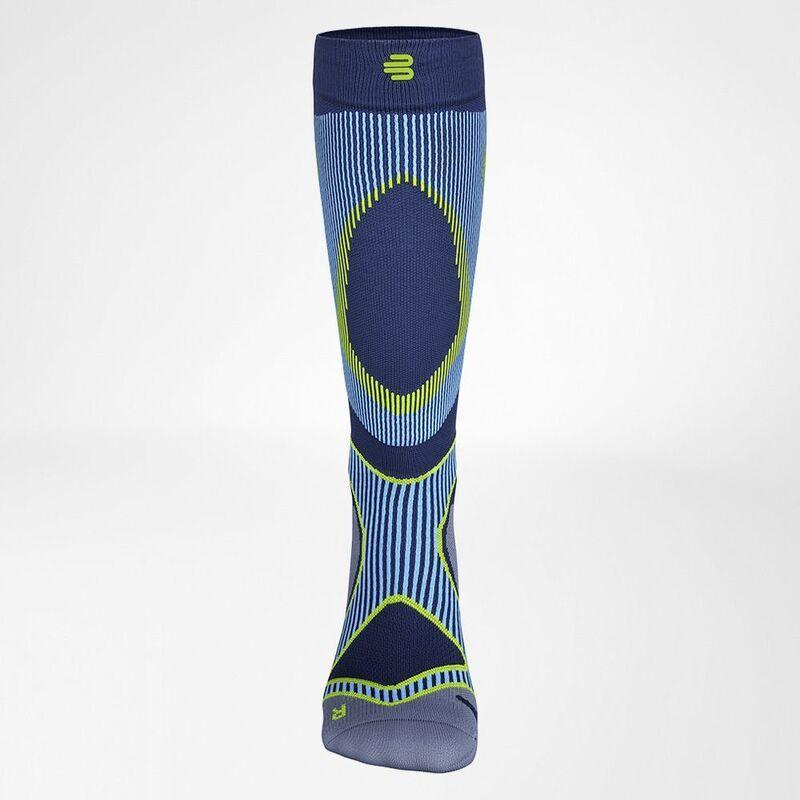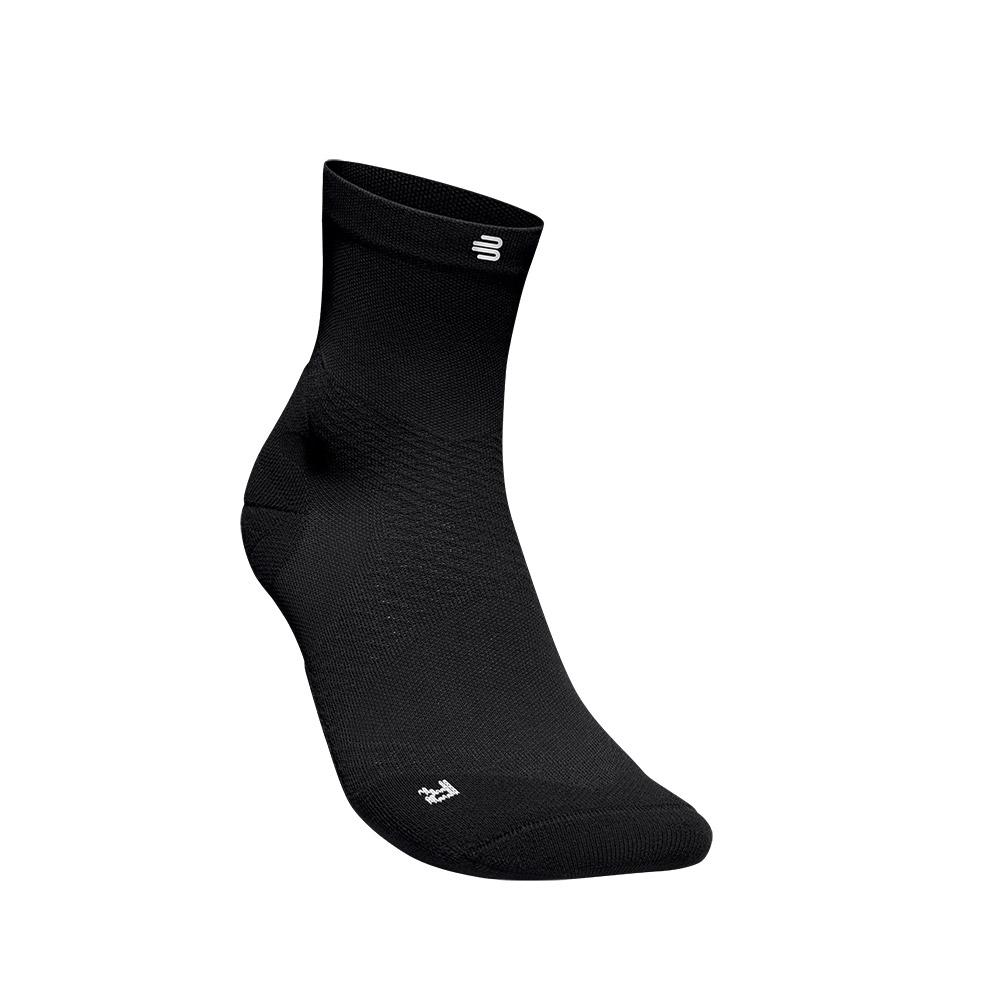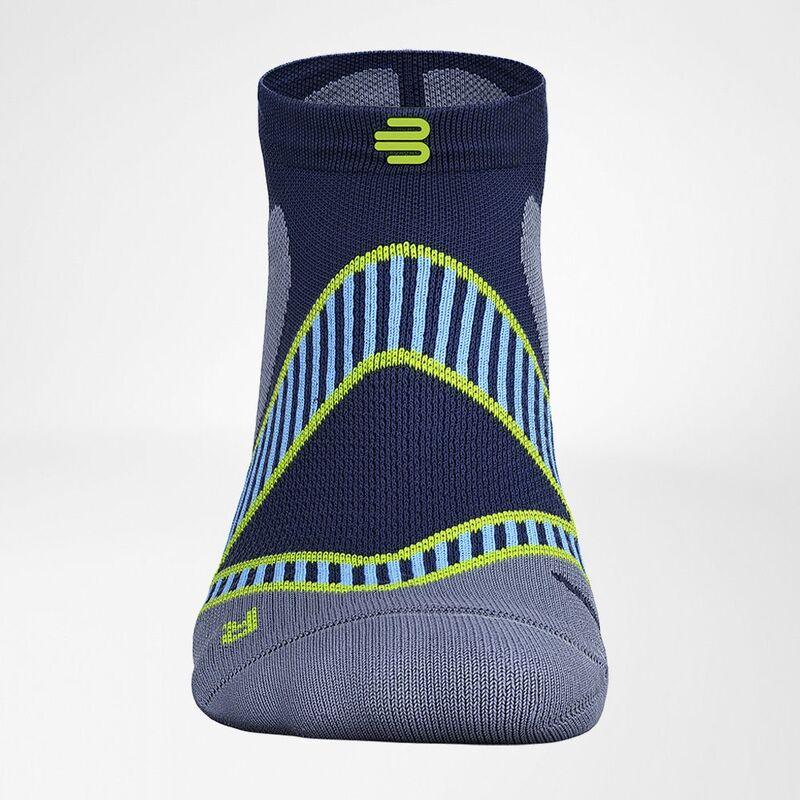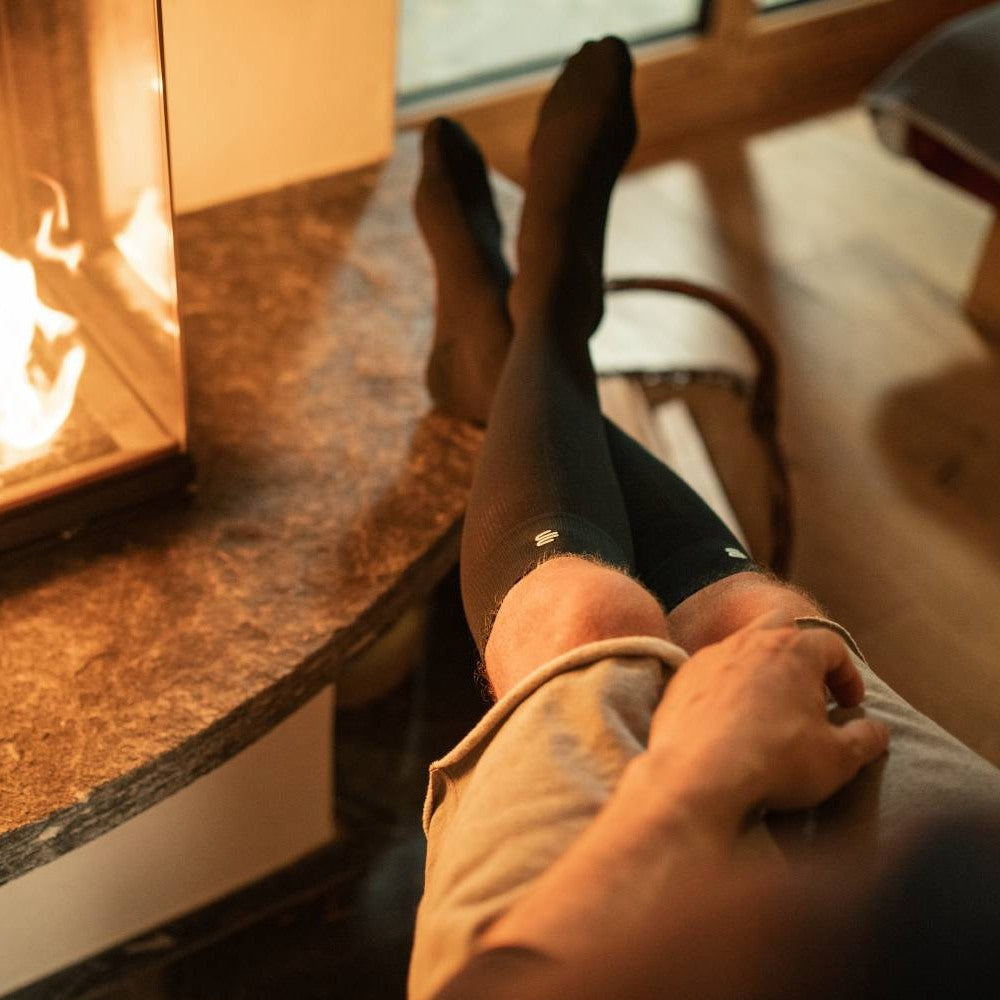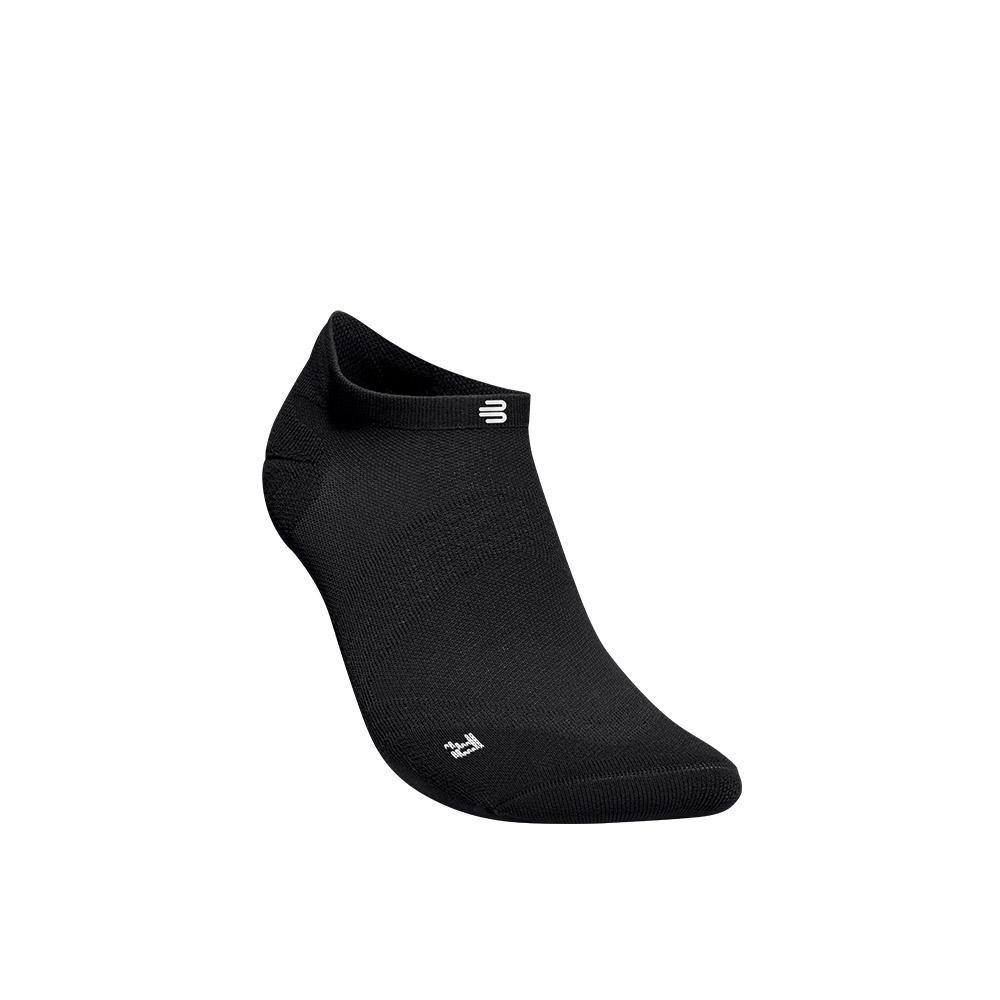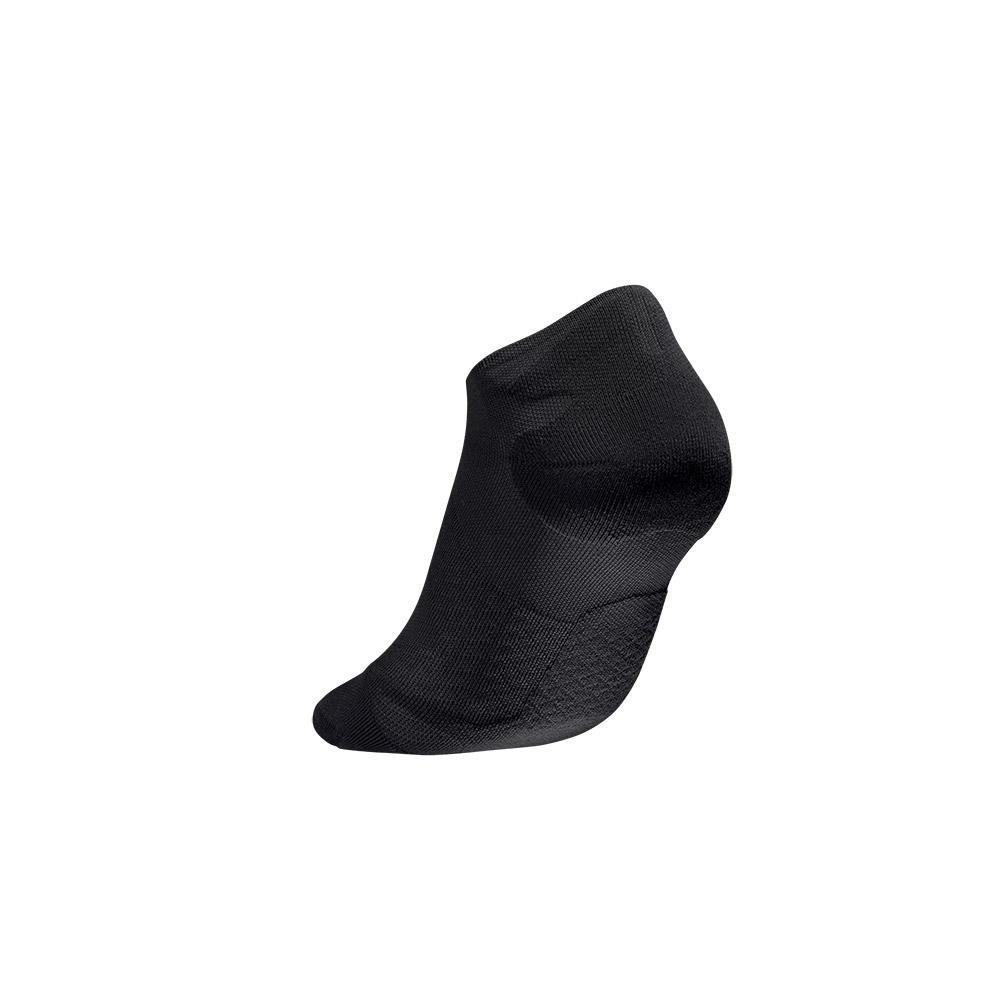According to research, 35-45 percent of runners will suffer from an injury each year, but there are ways to mitigate your risk. Protecting yourself from injuries like “runner’s knee”, muscle tears and ankle sprain should be an important factor in any runner’s training plan. In addition to a good stretch and warm-up routine, wearing a quality, medical-grade compression brace can give your body the oxygenating circulation and support to avoid common twists, pulls and tears.
Supports and Braces for Runners: Your Questions Answered
Whether you're a seasoned marathoner or just starting your running journey, finding the right supports and braces can make all the difference in preventing injuries and boosting performance. From knee sleeves to ankle braces, our Q&A section tackles your most pressing questions about choosing, using, and benefiting from running supports. Get expert insights to keep you moving stronger, longer, and pain-free!
What are the most common injuries for runners?
According to researchers, 35-45% of runners are injured every year. Some of the most common running injuries include: runner’s knee, Iliotibial band syndrome (ITBS), shin splints, patellar tendonitis, muscle pulls, Achilles tendinitis, ankle sprains and plantar fasciitis. Each affects the lower body and is oftentimes related to excessive strain. Bauerfeind braces, sleeves and compression socks can help you to stabilize and support your joints, relieve pain and reduce inflammation and swelling to get you to the finish line.
- Runner’s Knee/Patellofemoral Pain Syndrome: Sports Knee Support
- Patellar Tendonitis: Sports Knee Strap
- Shin Splints: Sports Ankle Support
- Achilles Tendonitis: Sports Achilles Support
- Ankle Sprains: Sports Ankle Support
- Muscle Pulls: Sports Compression Upper Leg Sleeves, Sports Compression Lower Leg Sleeves
- Plantar Fasciitis: Run Performance Insoles
How do you prevent runner’s knee?
“Runner’s knee” is the common name for Patellofemoral pain syndrome (PFPS). It is caused by a combination of muscular and biomechanical imbalances. While there is no solution to preventing runner’s knee, a good warm-up regimen, limiting distance increases to 10% per week and wearing a compression brace such as the Sports Knee Support can help reduce your risk. At the first sign of pain, reduce your distance and increase your resting times to give your body time to heal.
How to prevent running injuries?
Gradually getting used to running and giving your muscles, joints and ligaments enough time to adjust is key to preventing injury.
- Invest in good-fitting running shoes. A gait analysis can tell which shoe is right for you.
- Running insoles, such as the Run Performance Insoles, can help stabilize your feet and improve your running.
- Incorporate strength and stretching exercises in your training plan.
- Work on your running technique to keep the stress on your joints as low as possible.
- Increase running speed and distance only by 10% per week.
- Listen to your body: know the difference between soreness and pain.
- Wear a brace, such as the Sports Knee Support, in case of joint instability to increase proprioception and help prevent injury.
- Take time to recover.
Can I run while injured?
While most running injuries can heal on their own, it’s best to rest for a few days based on the severity of the injury. Aqua jogging or cycling can take off the strain while staying in an exercise routine.
In case of a knee injury, a knee brace, such as the Bauerfeind Sports Knee Support, can help to stabilize and support the knee to slowly get back into running. While hamstring pulls are also quite common, the Sports Compression Upper Leg Sleeves can help increase circulation and recover more effectively.
Consult a doctor if your pain does not subside within a few days. Immediately see a doctor if you experience fever, chills or if your joint is red and/or feels warm to the touch, as this could be indications of infection.
Do I need a knee brace for running?
If you’ve experienced a knee injury in the past, have pain or feel your knee needs extra support, wearing a knee brace relieves pain, makes running more comfortable and your knee feel more stable.
Compression found in Bauerfeind’s Knee Brace Line provides stability and massages the area around the knee joint to reduce pain and inflammation. If you’ve never had a knee injury, you may still want to consider an athletic brace like the Bauerfeind Sports Knee Support to help protect your knee against excessive strain while running.
How do I protect my ankle while running?
Bauerfeind’s Sports Ankle Support and Sports Ankle Support Dynamic both provide stability and medical-grade compression to help protect your ankles from strain and injury. These supports are breathable, machine-washable and fit comfortably inside running shoes.
How can I treat and prevent shin splints?
Medial tibial stress syndrome, also known as “shin splints,” is a common source of pain for many runners and athletes. It’s characterized by pain along the inner side of the lower leg, along the shin bone. Previous ankle injuries and ankle laxity are contributing factors for developing shin splints.
Bauerfeind has worked with runners and physical therapists to develop a new, drug-free shin splint pain solution that has been shown to relieve shin splints, without taking the athlete away from their training. With the Sports Ankle Support, runners can stabilize their ankle with an individually adjustable strap that does not change the natural gait or limit range of motion. Athletes reported a significantly improved pain score from 7.8/10 to 1/10 within four weeks of wearing the brace.
Can I wash my Bauerfeind brace, sleeve or compression socks?
Yes. Washing your braces, sleeves and compression socks regularly helps maintain their shape and last longer.
For products with Velcro straps, fasten them securely at the place provided on the brace. Remove pads when applicable, for example, on the Sports Back Support. Machine-wash your brace, sleeve or socks in cold water using a gentle or delicate cycle. Wash separately using a laundry detergent with no additives (do not use fabric softener or Woolite). Lay flat and let it air-dry. Do not put it in the dryer. Proper washing and drying helps keep the knit’s elasticity and original fit.



